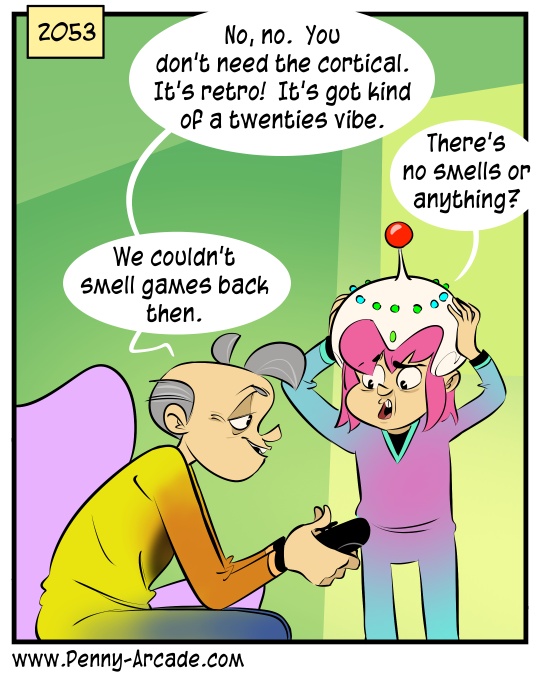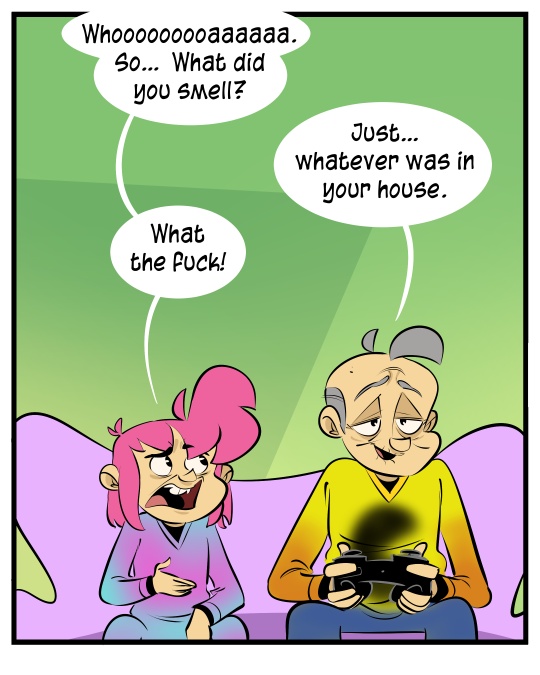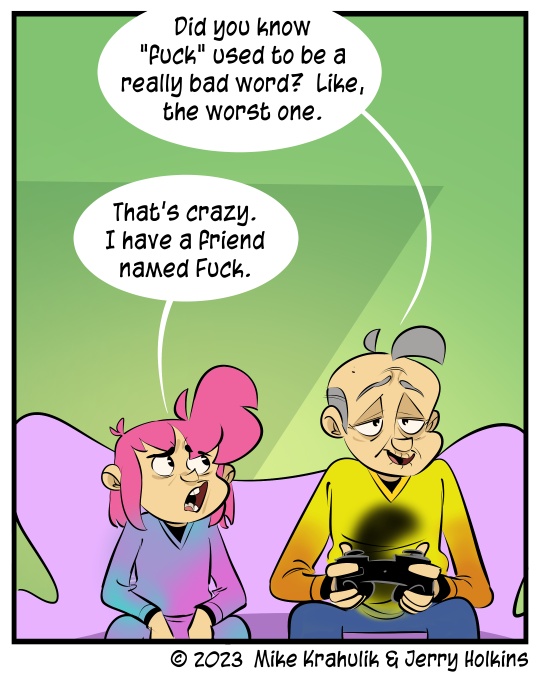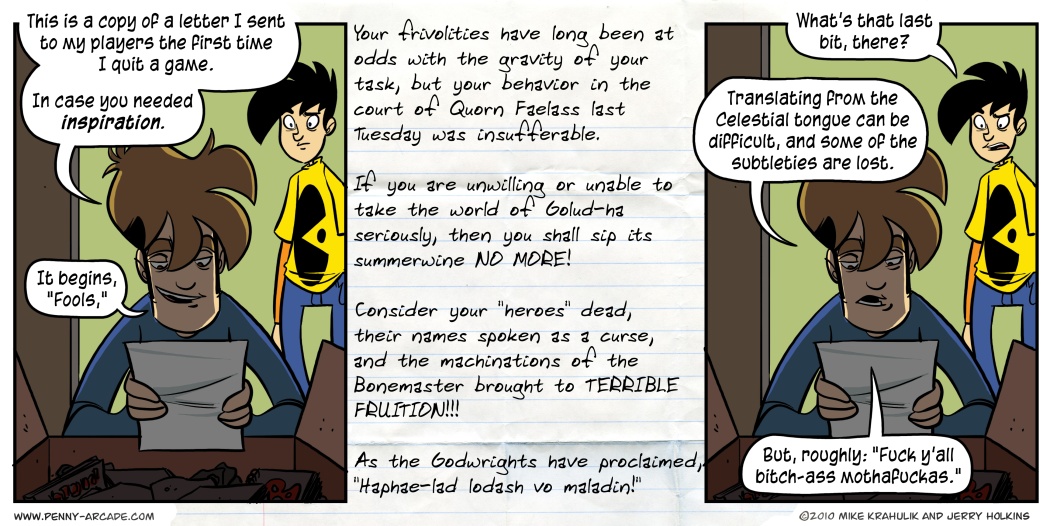For our wicked youth, and I don't mean like the "youth of the nation" or something I mean the larval humans in our care, the "Wii" is retro and anything before that is apocrypha. Like, you'd need a team of experts and dig licenses and shit to reveal a GBA. There's gonna be a woman in one of those hats, like the… the wide hat, with the net, and the camera is going to pan down into the site and catch on the hinge of a startlingly preserved SP.
When we started talking about it, it occurred to us that there is already a person born for whom the photorealism of the PS5 will constitute a fond, old-school memory; in the manner of a rod or staff, on grey days they will think back on its trigger haptics and uncompromising visuals and it will provide the psychological equivalent of a lily pad. And they'll need it, because in 2053 a common boor's net worth will be roughly equivalent to their blood volume. That little touchpad they got on there will give 'em something to think about while they're being turned inside out by the Juicer.
The current obsession on this machine is Inkbound, but because it is completely original describing it is gonna be a pain in the you-know-what (ass). It's from the Monster Train people, which should jack up expectations a bit - after all, they did take the potent Slay The Spire arc and cut it with powerful tower defense horseshit on a haunted train in Hell. For me, the main draw was the ability to craft and improve the cards you drafted, which allowed you to reach inside the game's torso and pull out its spine and skull in one big piece.
You're not building a massive deck in Inkbound. Each class gives you three basic abilities, here called "bindings" because the whole game world is book themed. The main way you're progressing your power is to upgrade those bindings, which is to say, the whole arc in this game is the card upgrade system I liked so much in Monster Train. As the run progresses you can get more bindings, but there's only two more slots - these additional ones come from a generalized pool. It's never anything that metastasizes out of control or has to be thinned down. You only get five!
The next way it deviates from deckbuilder norms is that the way you actually use these bindings is essentially inside a tactics game, where you contend with waves of pen-themed dickheads. There are absolutely deckbuildy games that have a tactical bent - Trials of Fire is especially good, and Hadean Tactics is a kind of candy that you can click on. Norms in that space involve grids, or an effort to "bring hexy back," but they almost certainly apportion interaction between participants via turns. Inkbound says, no. You do all the stuff you want to do on your turn until your mana is gone, which is the cosmic equivalent of your daddy taking the T-Bird away. During this time, you move freely inside the battle arena deploying your abilities. When you're all done, and you've tried to find a place of relative safety inside the arena, the enemy takes its turn.
And that's fine. The positioning creates a kind of puzzle nestled inside the other puzzle, which we will call Murder. I like it and I have played it this way. But what actually resulted in the obsession I have is that… that turn I just described? You can play that turn with up to three other people. Now we're talking about something that can be as sophisticated as you feel like making it, because extracting optimum value from the "meta-character" you've built together means the game is actually about communicating. New language is needed. Combos are manifested, and discarded. Now we're all sharing our best artifacts - uh, I mean Vestiges - to create a New Lucifer that will plunge the world into a ten thousand year night.
(CW)TB out.



